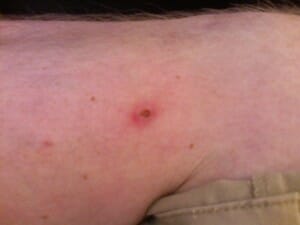Cryomodulation and nanosecond pulsed electric field treatment are two new technologies for the treatment of benign lesions like seborrheic keratoses. Cryomodulation is a technique using cooling technology to treat sunspots and seborrheic keratoses. The first to market device is Glacial RX by R2 Technologies.
Another new technology is nanosecond pulsed electric field treatment, which is a nonthermal, energy based technology used to treat seborrheic keratoses and other conditions. It will be interesting to see how effective these two new technologies will be.

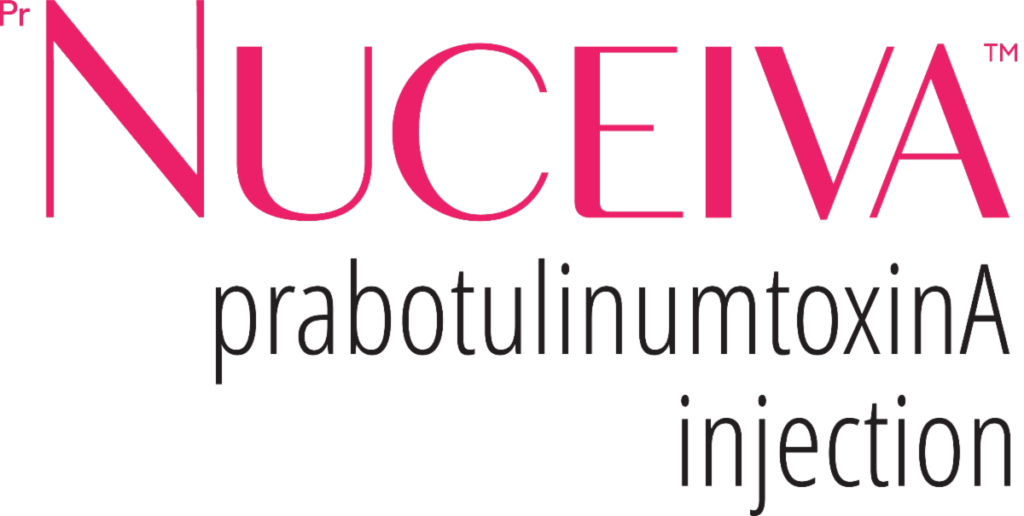

 Thoughts on COVID-19
Thoughts on COVID-19
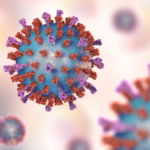 Temporary Closure
Temporary Closure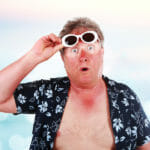 A recent study on SPF published in the
A recent study on SPF published in the 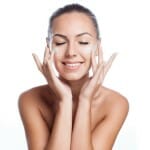
 Giving back to the community is so important to the members of the Groot DermaSurgery Centre! Dr. Thomas and Melanie Nakatsui support many initiatives, including the Royal Alexandra Hospital, the Edmonton Opera, McDougall House, and many others. Recently, Dr. Thomas and Melanie Nakatsui and the Groot DermaSurgery Centre were proud to have been one of the principal sponsors for
Giving back to the community is so important to the members of the Groot DermaSurgery Centre! Dr. Thomas and Melanie Nakatsui support many initiatives, including the Royal Alexandra Hospital, the Edmonton Opera, McDougall House, and many others. Recently, Dr. Thomas and Melanie Nakatsui and the Groot DermaSurgery Centre were proud to have been one of the principal sponsors for 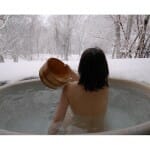


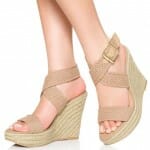
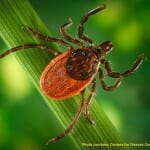 The beauty of many of our Alberta golf courses is the tree lined fairways. I can attest to the fact that I have had up close and personal encounters with some of these trees while tromping through the underbrush in an attempt to find my ball. Having read an article written by Michelle Gagnon in the Rocky Mountain Outlook about Ticks and the risk of the Lyme disease I am more inclined to take the penalty strokes and leave the ball where it lies.
The beauty of many of our Alberta golf courses is the tree lined fairways. I can attest to the fact that I have had up close and personal encounters with some of these trees while tromping through the underbrush in an attempt to find my ball. Having read an article written by Michelle Gagnon in the Rocky Mountain Outlook about Ticks and the risk of the Lyme disease I am more inclined to take the penalty strokes and leave the ball where it lies.